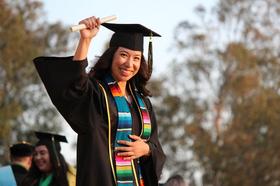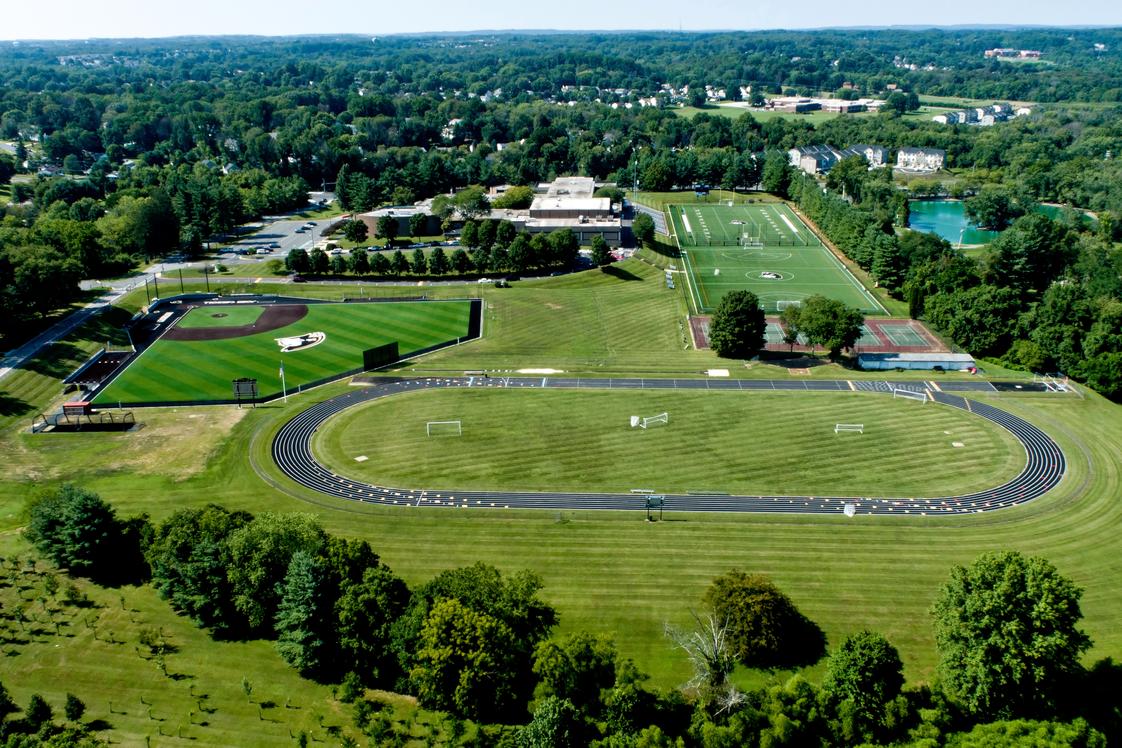For the 2025-26 school year, there are 3 private high schools serving 881 students in Bel Air, MD.
The top ranked private high school in Bel Air, MD is John Carroll School.
The average acceptance rate is 92%, which is higher than the Maryland private high school average acceptance rate of 77%.
Top Ranked Bel Air Private High Schools (2025-26)
School
Location
Quick Facts
John Carroll School![John Carroll School Photo - Our 72-acre campus, located in Harford County John Carroll School Photo - Our 72-acre campus, located in Harford County]()

(Catholic)
703 E Churchville Rd
Bel Air, MD 21014
(410) 838-8333
Bel Air, MD 21014
(410) 838-8333
Gr: 9-12 | 715 students Avg. class size: 19 students Sports: 23 Tuition & acceptance rate listed
Emmorton Baptist Academy
(Baptist)
106 Plumtree Road
Bel Air, MD 21015
(410) 569-0585
Bel Air, MD 21015
(410) 569-0585
Gr: K-12 | 39 students
2416 Creswell Road
Bel Air, MD 21015
(410) 734-6111
Bel Air, MD 21015
(410) 734-6111
Gr: PK-12 | 127 students Avg. class size: 10 students Sports: 5 | Extracurrculars: 3 Tuition & acceptance rate listed
Bel Air, Maryland Private Schools (Closed)
School
Location
Quick Facts
The Arrow Center For Education-fair Meadows (Closed 2022)
Special Education School
2416 Creswell Rd
Bel Air, MD 21015
(410) 734-0560
Bel Air, MD 21015
(410) 734-0560
Gr: 6-12 | 35 students
James Run Christian Academy (Closed 2020)
(Christian)
603 Vale Rd
Bel Air, MD 21014
(410) 877-1576
Bel Air, MD 21014
(410) 877-1576
Gr: 9-12 | 7 students Avg. class size: 3 students Tuition listed
Frequently Asked Questions
What are the top ranked private high schools in Bel Air, MD?
The top ranked private high schools in Bel Air, MD is John Carroll School.
How many private high schools are located in Bel Air?
3 private high schools are located in Bel Air.
Recent Articles

Student Success Predictors at Community Colleges
A practical guide to student success predictors at community colleges for private school advisors helping graduates navigate two-year pathways.

Career Pathways with Community College for Private School Grads
Explore top career pathways with community college for private school graduates, including high-demand jobs, transfer options, and 2025 workforce trends.

Navigating the FAFSA & Financial Aid Timeline for Community College
Learn how to navigate FAFSA and financial aid timelines when starting at community college — from application to disbursement in 2025.





